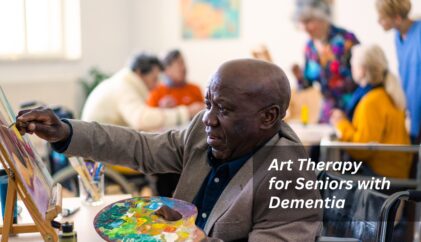
An individual’s facial expressions, gestures, posture, and tone of voice are powerful communication tools.
What are Nonverbal Signs of Communication?
While the key to success in both personal and professional relationships lies in your ability to communicate well, it’s not the words that you use but your nonverbal cues or “body language” that speak the loudest. Body language is the use of physical behavior, expressions, and mannerisms to communicate nonverbally, often done instinctively rather than consciously. Often the gestures you make, your posture, your tone of voice, how much eye contact you make can send strong messages.
In some instances, what comes out of your mouth and what you communicate through your body language may be two totally different things. If you say one thing, but your body language says something else, the listener will likely feel that you’re being dishonest. If you say “yes” while shaking your head no, for example, it can result in confusing messages.
When faced with such mixed signals, the receiver has to choose whether to believe your verbal or nonverbal message. Considering body language is a natural, unconscious language that projects your true feelings and intentions, they’ll likely choose the nonverbal message. Your nonverbal communication cues—the way you listen, look, move, and react can tell the person you're communicating with whether or not you care, if you're being truthful, and how well you're listening. When your nonverbal signals match up with the words you're saying, they increase trust, clarity, and rapport.
Nonverbal communication can play five roles:
- Repetition: Repeats and often strengthens your verbal message.
- Contradiction: Contradicts the message you're trying to convey
- Substitution: Substitutes for a verbal message, facial expressions often convey vivid messages
- Complementing: May add to or complement your verbal message
- Accenting: Can accent or underline a verbal message
There are many types of nonverbal communication we experience on a daily basis.
- Facial expressions provide visual contact while conversing with others.
- An individual’s body movement and posture can provide a wealth of information to the receiver.
- Gestures are part of our daily life, for example waving or pointing.
- Eye contact is an important component of nonverbal communication, the way you look at someone or look away can send messages.
- We can communicate through touch, the shaking of a hand.
- Providing space during an interaction presents information as to the nature of the communication. References are often made to personal space.
- Lastly, someone’s tone of voice can provide for messages. tone, volume, etc.
So next time you are involved in an encounter, take notice of the nonverbal signs of communication which are happening all around.



